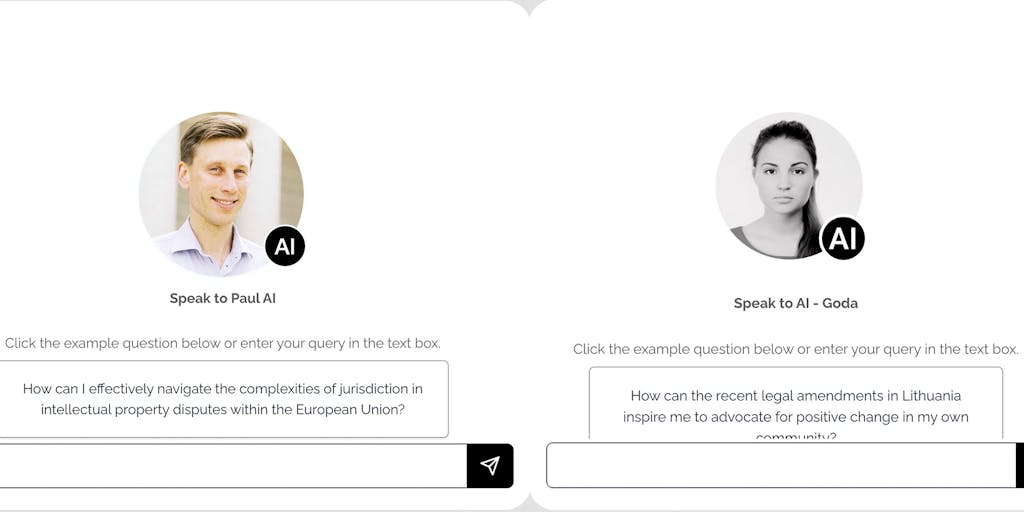When the Teaching Assistant Is an AI ‚Twin‘ of the Professor
In recent years, technology has revolutionized the field of education, with Artificial Intelligence (AI) playing an increasingly significant role. One such application of AI in education is the use of AI-powered teaching assistants that serve as ‚twins‘ of the professor. These AI assistants are designed to assist both teachers and students in various educational tasks, providing personalized support and feedback. This article explores the benefits and challenges of having an AI ‚twin‘ as a teaching assistant.
Benefits of AI Teaching Assistants
One of the key advantages of having an AI ‚twin‘ as a teaching assistant is the ability to provide personalized support to students. AI assistants can analyze each student’s learning style, pace, and preferences to tailor their support accordingly. This personalized approach can help students stay engaged and motivated, leading to improved learning outcomes.
Additionally, AI assistants can help alleviate the workload of professors by handling routine tasks such as grading assignments, answering repetitive questions, and providing feedback on student work. This frees up professors‘ time to focus on more complex and engaging aspects of teaching, such as facilitating discussions and conducting research.
Challenges of AI Teaching Assistants
While AI teaching assistants offer many benefits, there are also challenges associated with their use. One of the main concerns is the potential for AI assistants to replace human interaction and personalized support. Some critics argue that AI assistants may lack the empathy and understanding that human teachers can provide, leading to a less fulfilling educational experience for students.
Another challenge is ensuring the accuracy and reliability of AI assistants. Since AI systems rely on algorithms and data to make decisions, there is a risk of biased or incorrect information being provided to students. It is essential to carefully monitor and evaluate the performance of AI assistants to ensure that they are supporting rather than hindering student learning.
Conclusion
Overall, the use of AI ‚twins‘ as teaching assistants has the potential to enhance the educational experience for both students and professors. By leveraging AI technology, educators can provide personalized support, streamline administrative tasks, and improve learning outcomes. However, it is crucial to address the challenges associated with AI assistants, such as maintaining human interaction and ensuring accuracy, to maximize the benefits of this innovative approach to education.
FAQs
Q: Can AI teaching assistants replace human teachers?
A: While AI teaching assistants can provide valuable support to both students and professors, they are not intended to replace human teachers entirely. Human interaction and personalized support are essential components of a fulfilling educational experience.
Q: How can professors ensure the accuracy of AI teaching assistants?
A: Professors can monitor the performance of AI teaching assistants by reviewing the feedback provided to students, evaluating the data sources and algorithms used by the AI system, and seeking feedback from students on their experience with the AI assistant.
Q: What are some best practices for integrating AI teaching assistants into the classroom?
A: Some best practices for integrating AI teaching assistants include providing training for professors and students on how to use the AI system effectively, setting clear expectations for the AI assistant’s role and responsibilities, and soliciting feedback from students to continuously improve the AI assistant’s performance.




